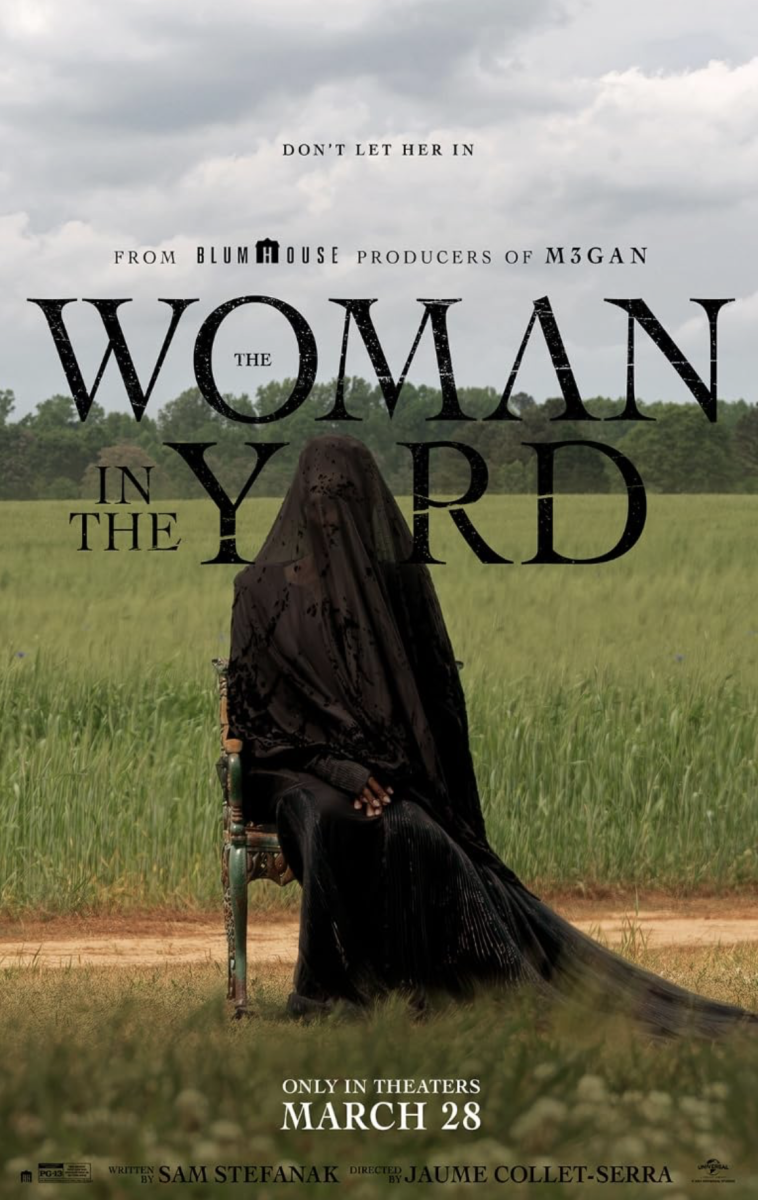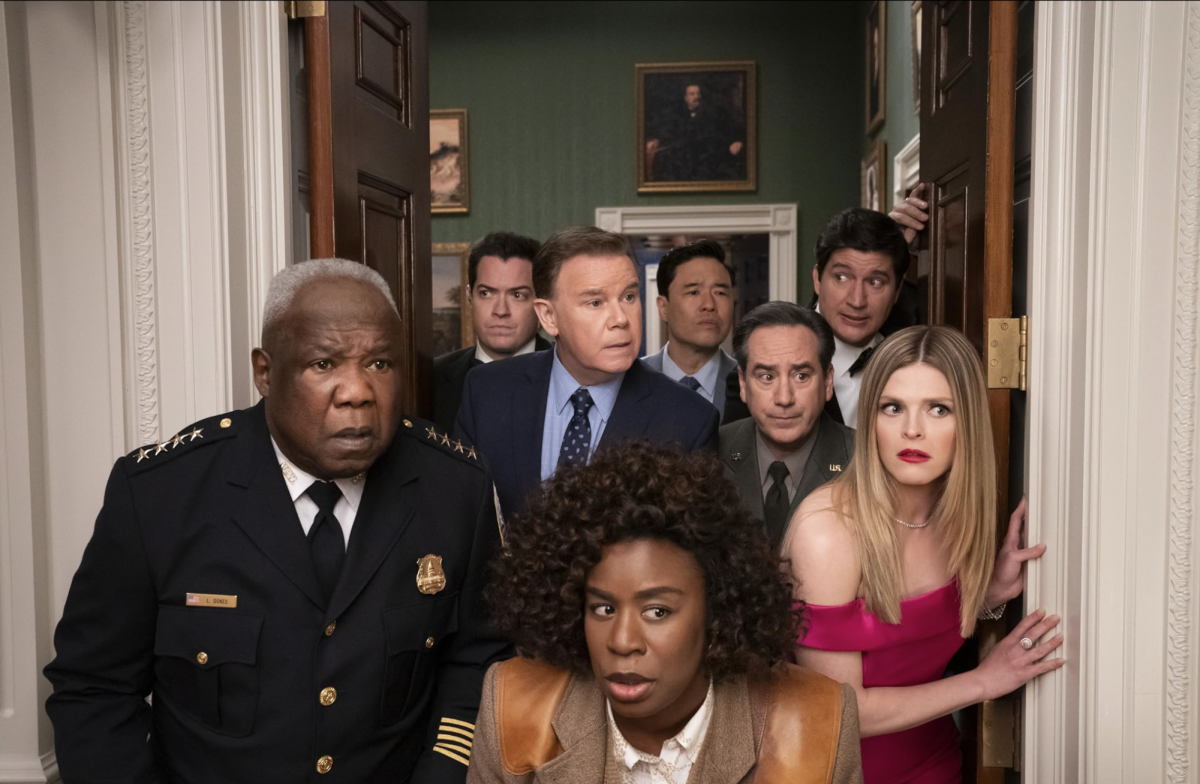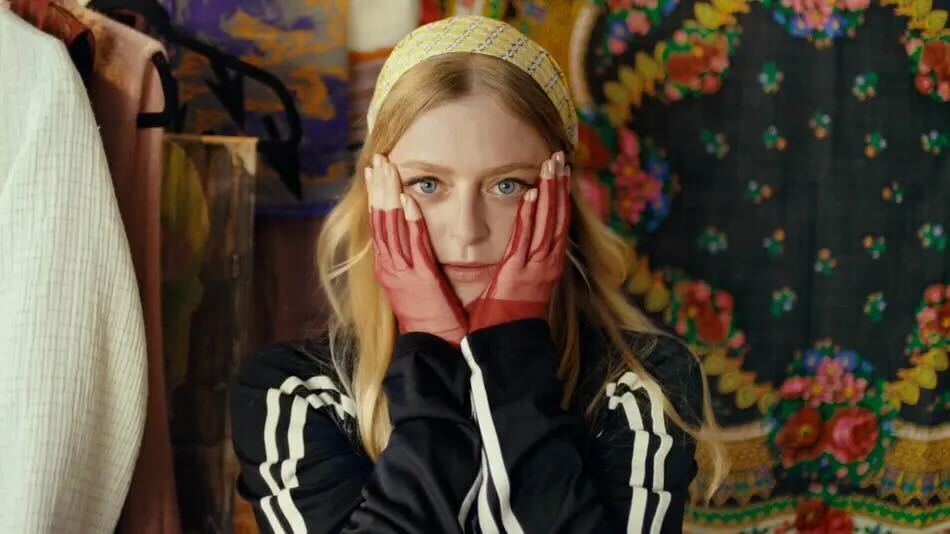For movie buffs, the month of October means one thing: 31 days of horror movies. With tons of horror flicks to choose from, The Daily Texan is going to be providing a daily horror recommendation. Whether you prefer ghosts, zombies or stark explorations of the human condition, we’ll be featuring horror films of all flavors. Check back every evening for the movie of the day. Next up, we get existential with “Synecdoche, New York.”
When “Being John Malkovich” scribe Charlie Kaufman announced that his next project would be a horror movie, no one knew what to expect. It turns out, neither did he.
Kaufman began his process by making a list of what frightened him and, as things happen, the project ultimately became “Synecdoche, New York,” his directorial debut. It is not a horror movie in the traditional sense, but it is still absolutely terrifying on an existential level.
Horror movies are often characterized by the unlikely and impossible. There are no monsters in real life and, though serial killers exist, most of us won’t ever deal with one. Cancer, on the other hand, is something we cannot avoid. And same with our loved ones abandoning us. Or the possibility of our children resenting us. And, no matter what the new fall season brings us, there is nothing more frightening on television than the evening news and the threat of society crumbling.
And that is what “Synecdoche, New York” is about.
All of this makes the movie sound like a downer — which it can be — but it also happens to feature a bizarre sense of humor, present in nearly every scene. There are also moments of surprising profundity, which is especially impressive since, taken as a whole, “Synecdoche, New York” doesn’t make very much sense. Characters change genders and motivations, and refer to events that never happened while time jumps forward so fast that not even the protagonist can keep up with it — another terrifying element.
Said protagonist is stage director Caden Cotard (Philip Seymour Hoffman), who receives a MacArthur “Genius” Grant and chooses to spend the money recreating New York inside a hanger within the city. Of course, to be a perfect reproduction, the hanger needs a hanger within itself and that again within itself. Since “Synecdoche, New York” exists in a dream reality, it can go on and on this way, although, as viewers, we only see a couple of levels into the rabbit hole.
It goes without saying that Cotard’s project, an overblown attempt to produce something truly real, never fully comes to fruition. Meanwhile, his wife abandons him and finds success making paintings so small that they require special magnifying glasses in order to view, showing us how our dreams can fall apart while others around us seem to achieve them effortlessly.
There are no ghosts or goblins in “Synecdoche, New York” and not many viewers left the theater describing what they had seen as a horror movie; indeed, most viewers left unable to describe just what the hell they just saw. Despite the fact that the movie is an unorganized, unfocused mess, with no concrete story to hold it together, it is one of the most affecting, challenging and, yes, terrifying that I’ve seen.
There is a monologue toward the end, given by a preacher at a staged funeral.
“While alive, you wait in vain, wasting years for a phone call or a letter or a look from someone or something to make it all right,” he says, “and it never comes.”
No, it is not the shower scene in “Psycho” or Linda Blair spewing green vomit in “The Exorcist,” but as far as things that keep me awake at night, wasting life on false hope tops the list.




















